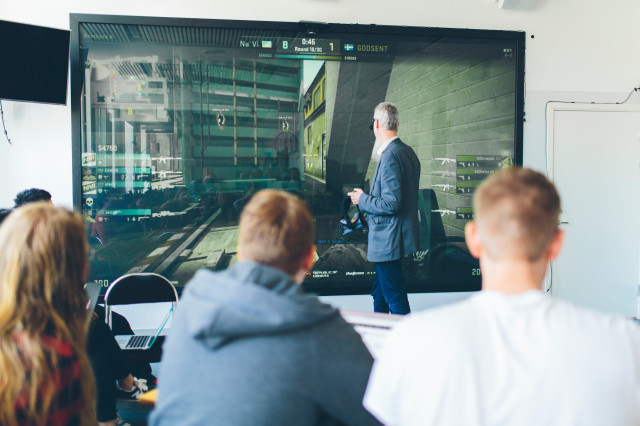The course covers algorithms which gets its computational capabilities by training from examples. There is thus no need to explicitly provide rules and instead training using measured data is performed. Learning can be done either by providing the correct answer, or be totally autonomous.
The courser also covers principles of representation of data in neural networks. The course also includes principles of hardware architectures (euro chips and neuro computers) and shows how ANN can be used in robotics. We also show applications of learning systems in areas like pattern recognition, combinatorial optimization, and diagnosis.
